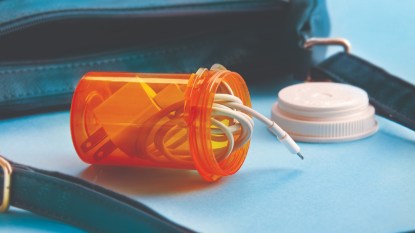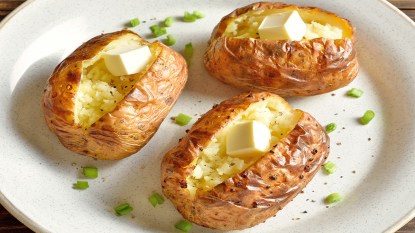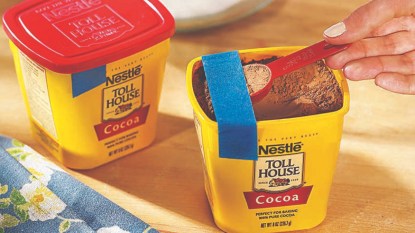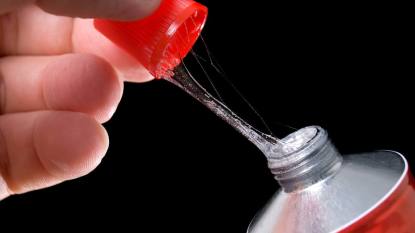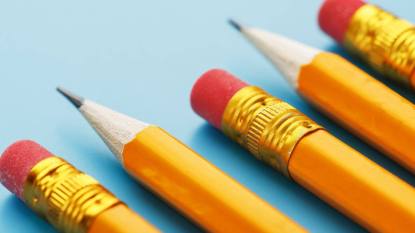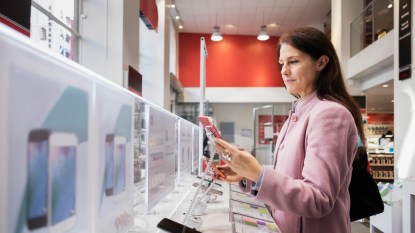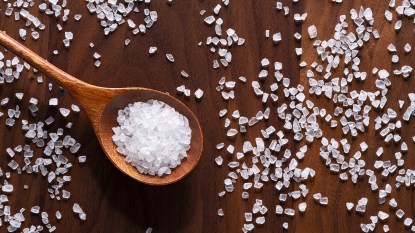Is It Dangerous To Microwave Water? Avoid an Explosion With This Simple Hack
Better safe than sorry.
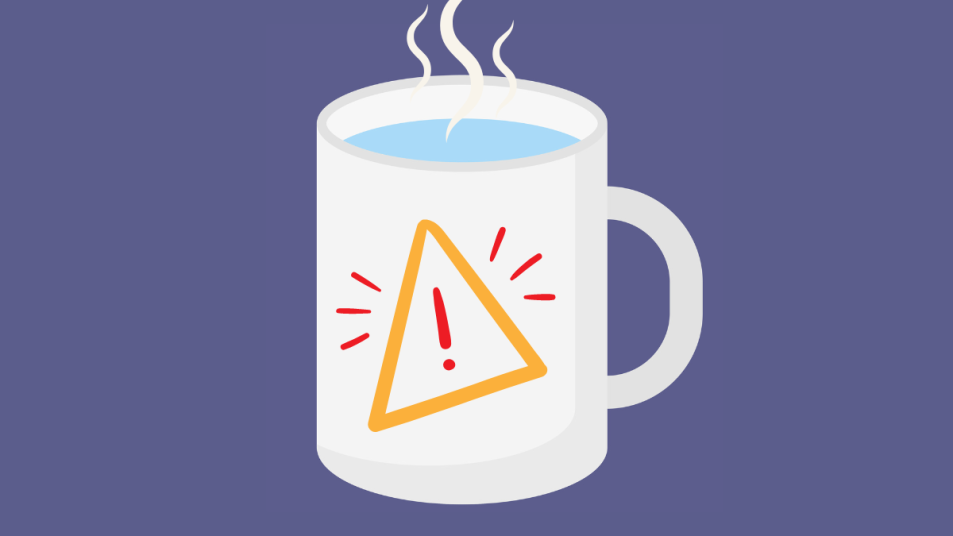
For some of us, heating a cup of water in the microwave is a daily occurrence. It takes less time than heating a pot of water on the stove, and the cup of tea or instant coffee that we make with it usually turns out just fine. However, a recent viral Instagram video highlighted the possible dangers of this practice: Microwaved water can boil rapidly — or even explode — if it gets too hot.
“Water heated in the microwave can sometimes explode,” confirms chemistry professor and influencer Kim Hilton, known as Chemical Kim on Instagram and TikTok. “When water is heated in a microwave, it can superheat without appearing to boil. This means the water can become hotter than its boiling point without actually boiling. And when it is disturbed or a surface is introduced for bubbles to form, it can rapidly boil and release steam, causing an explosion.”
Why is this so dangerous? Well, superheated water looks normal because the surface is still; an unsuspecting person may then move it, touch it, or add an ingredient to it, which is when it may bubble over or explode. Indeed, the University of Texas at Austin has warned students that superheated water can cause serious skin burns or scalding injuries around people’s hands and faces if it steams, bubbles out of its container, or explodes. But how does this happen in the first place? Hilton is here to explain the science.
A Look at the Science
“Microwave ovens heat water differently than traditional stovetop heating,” Hilton says. “In a microwave, the water molecules are excited by the electromagnetic waves that the microwave produces, causing the water to heat up. However, in some cases, the water can become overheated and superheated because it lacks the impurities and imperfections that would normally cause bubbles to form and help the water to boil.” Those impurities or imperfections would normally help break up water’s surface tension. In a microwave, however, the surface tension can suppress the formation of bubbles.
Now, if you’ve always heated your water in the microwave and never experienced this, there’s a reason: Mugs with scratches can help create tiny, trapped air bubbles that break the surface tension while the water heats. So, if your favorite mug has scratches, that’s actually a benefit — there’s a good chance you’ve never had to deal with superheated water.
How To Prevent Superheated Water in the Microwave
It’s better to be safe than sorry. If you want to continue heating your water in the microwave, use this simple trick: Place a wooden chopstick in your mug of water before heating. “This will help to create the necessary surface area for bubbles to form and prevent superheating,” says Hilton.
In addition, Hilton advises heating your water in short increments — say, every 30 seconds — and stirring in between each increment. This will ensure the water heats evenly and will break the surface tension periodically. Now, you can enjoy your mug of tea in peace.
Want more safety tips? Learn the 10 things you should never microwave, and try this hack to make sure all your food heats evenly.



